Introduction
In recent years, GM has been augmenting the driving experience for some of their vehicles with a variety of technologies which modify the natural noise from the powertrain and from the vehicle as it travels down the road. The idea behind these technologies is to enhance the sound of the vehicle, as experienced by the driver, while utilizing exhaust systems that meet certain noise requirements.
Mechanical Engine Sound Enhancement
On some of the 6th Generation Camaro vehicles (2016 – present Chevrolet Camaro), there is what GM refers to as an Air Cleaner Resonator assembly. Effectively, this is an isolator with a tube that plumbs into the throttle intake just prior to the throttle body, with the other tube (on the isolated side) being piped directly into the passenger compartment. Here, the objective is to pipe some of the “intake noise” into the passenger compartment to augment the driver experience.
Electronic Engine Sound Enhancement (ESE)
On the 2016 – 2019 Cadillac ATS-V, and the 2014 – 2019 Cadillac CTS VSport, an electronic form of ESE was implemented. Using a sophisticated array of microphones, real-time data from the vehicle, and application specific software in the entertainment system, the natural sound of the twin turbocharged engine is enhanced and broadcast through the speakers in the passenger compartment in real-time.
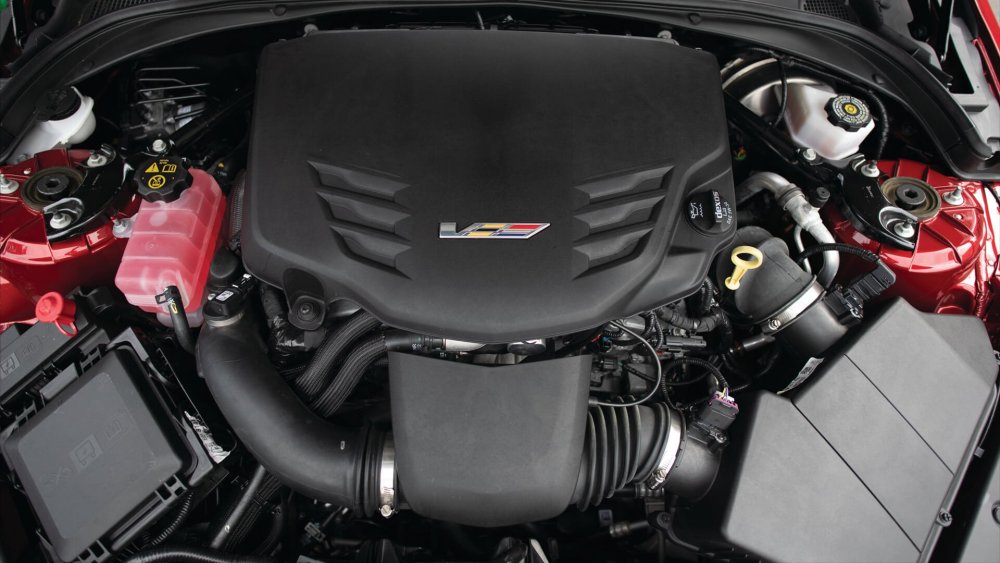
Active Noise Cancellation
Most late model GM vehicles include some form of active noise cancellation, even in applications which do not have electronic ESE. Again, using a sophisticated array of microphones located in various locations of the passenger compartment, specific software algorithms, the entertainment system can broadcast certain frequency tones through the speakers in the passenger compartment which reduces the level of road noise heard inside the vehicle.
Undesirable Aspects of ESE and Active Noise Cancellation
While the vast majority of GM vehicle owners will probably never even know their vehicle has ESE and/or Active Noise Cancellation, there are some that may consider these features to be undesirable.
Performance enthusiasts will frequently modify the exhaust system on their vehicles as a means to customize the driving experience by increasing and tuning the exhaust sound of the engine. Unfortunately, both ESE and Active Noise Cancellation can, in some cases, negatively affect the driver’s experience by applying the “fake engine sounds” in a manner which does not sound natural with the exhaust modifications. The same can be said of Active Noise Cancellation, as it works to reduce perceptible noise external to the passenger compartment.
There is also a subset of human population that are incredibly sensitive to noise cancellation technology. In some cases, the symptoms can be severe, which include dizziness, nausea, eardrum pain, and headaches. The causes of these symptoms in sensitive individuals still are not fully understood, but the general solution is to not use Active Noise Cancellation technologies.
Disabling ESE and/or Active Noise Cancellation
Unfortunately, as far as we know, GM does not provide any means to disable either of these technologies. For some applications, the entertainment manuals do reference the ability to adjust whether the system changes the volume level of audio playback based on vehicle speed, but nothing about either ESE or Active Noise Cancellation.
TRIFECTA is, however, pleased to announce that, through our calibration products, we can disable ESE and/or Active Noise Cancellation as a pair! We’ve recently tested this on both of our Cadillac ATS-V vehicles, which have the Borla exhaust system, and we’re proud to say disabling this feature does indeed provide a more natural sound from the exhaust system inside the vehicle.
Available immediately for all Cadillac ATS-V and CTS VSport customers! More applications to be available later!

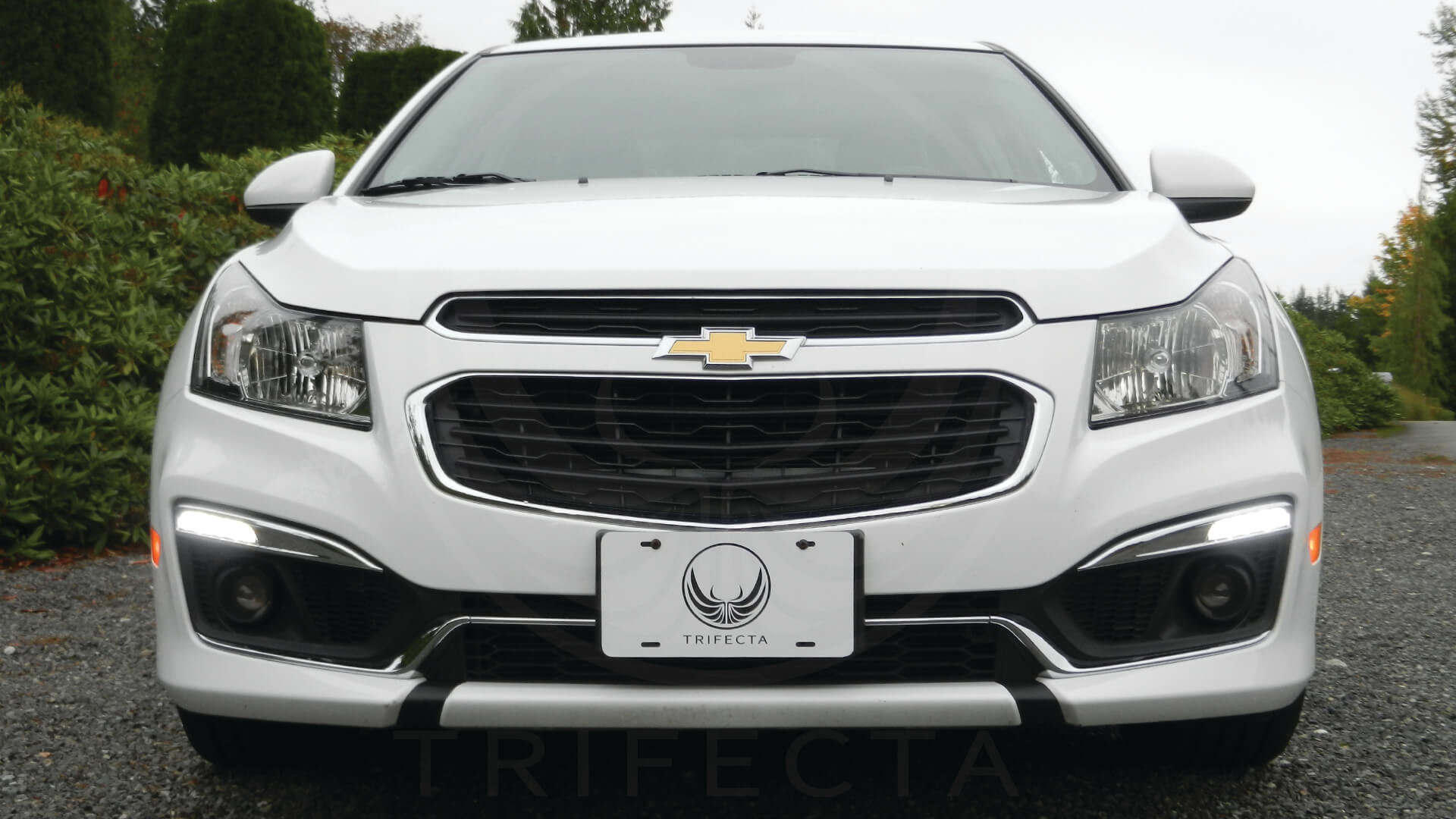

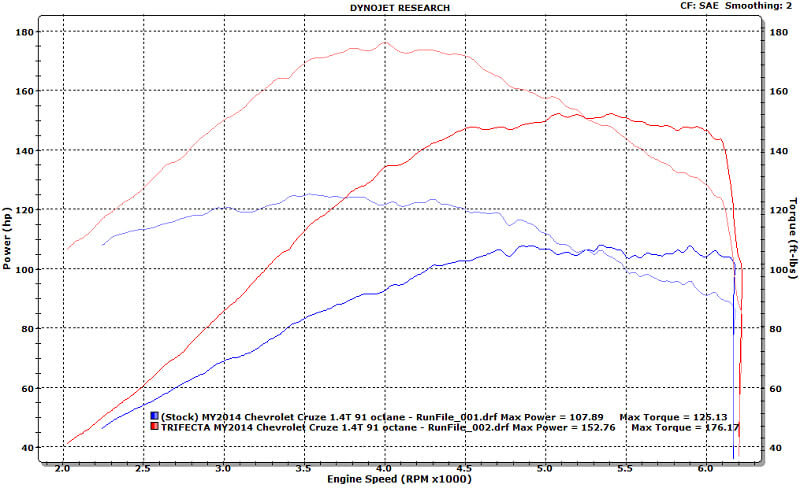
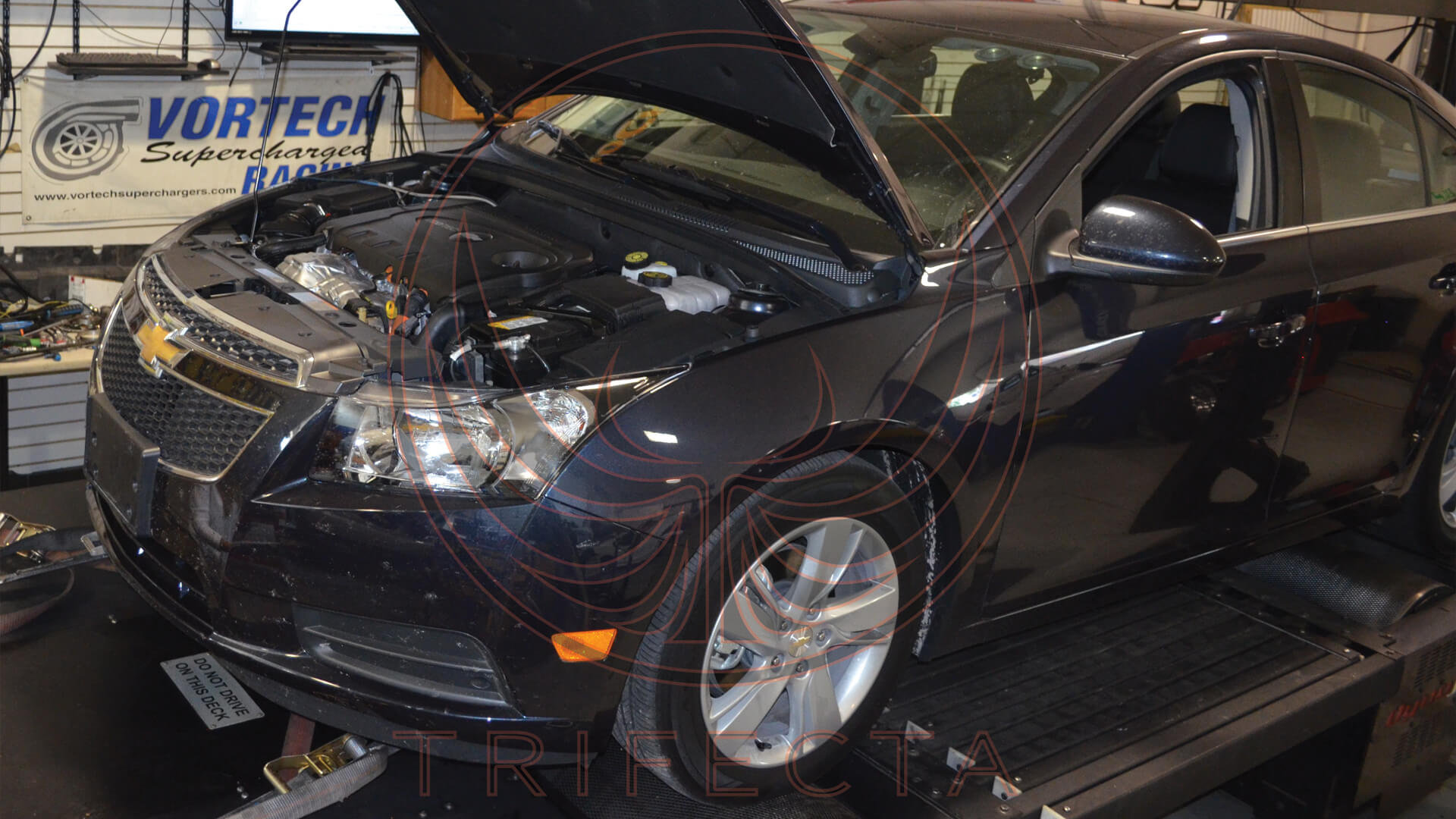
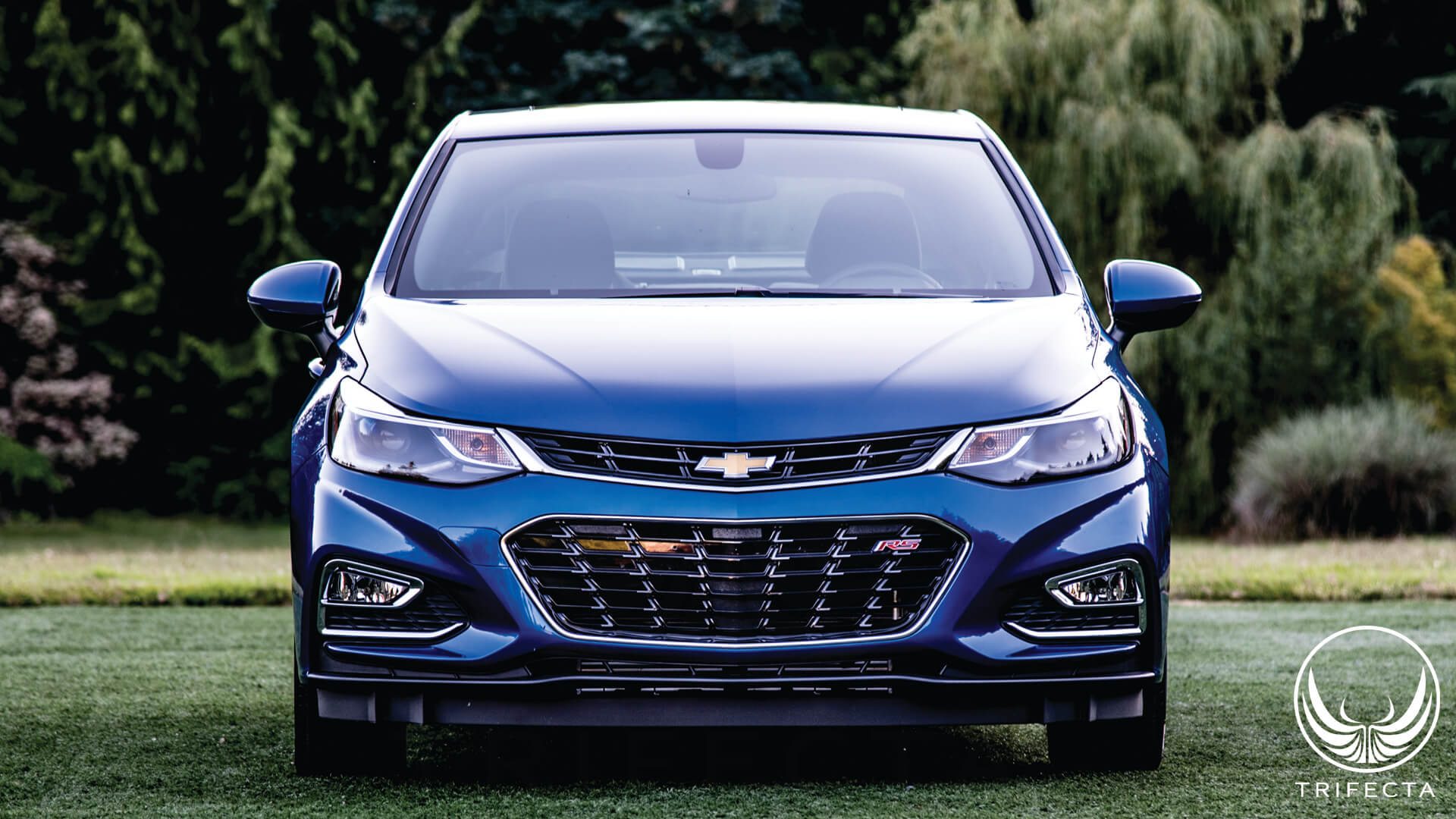
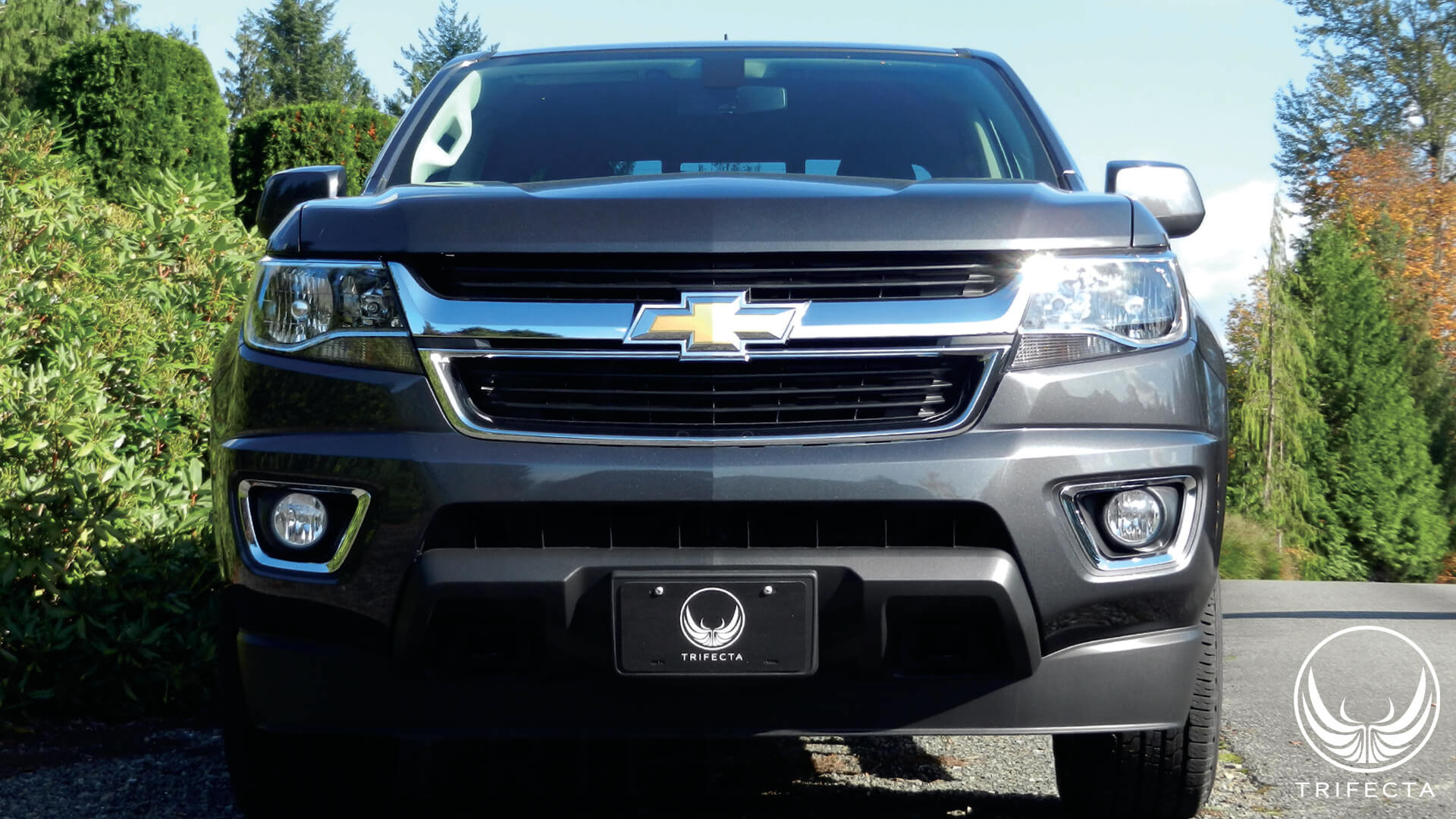
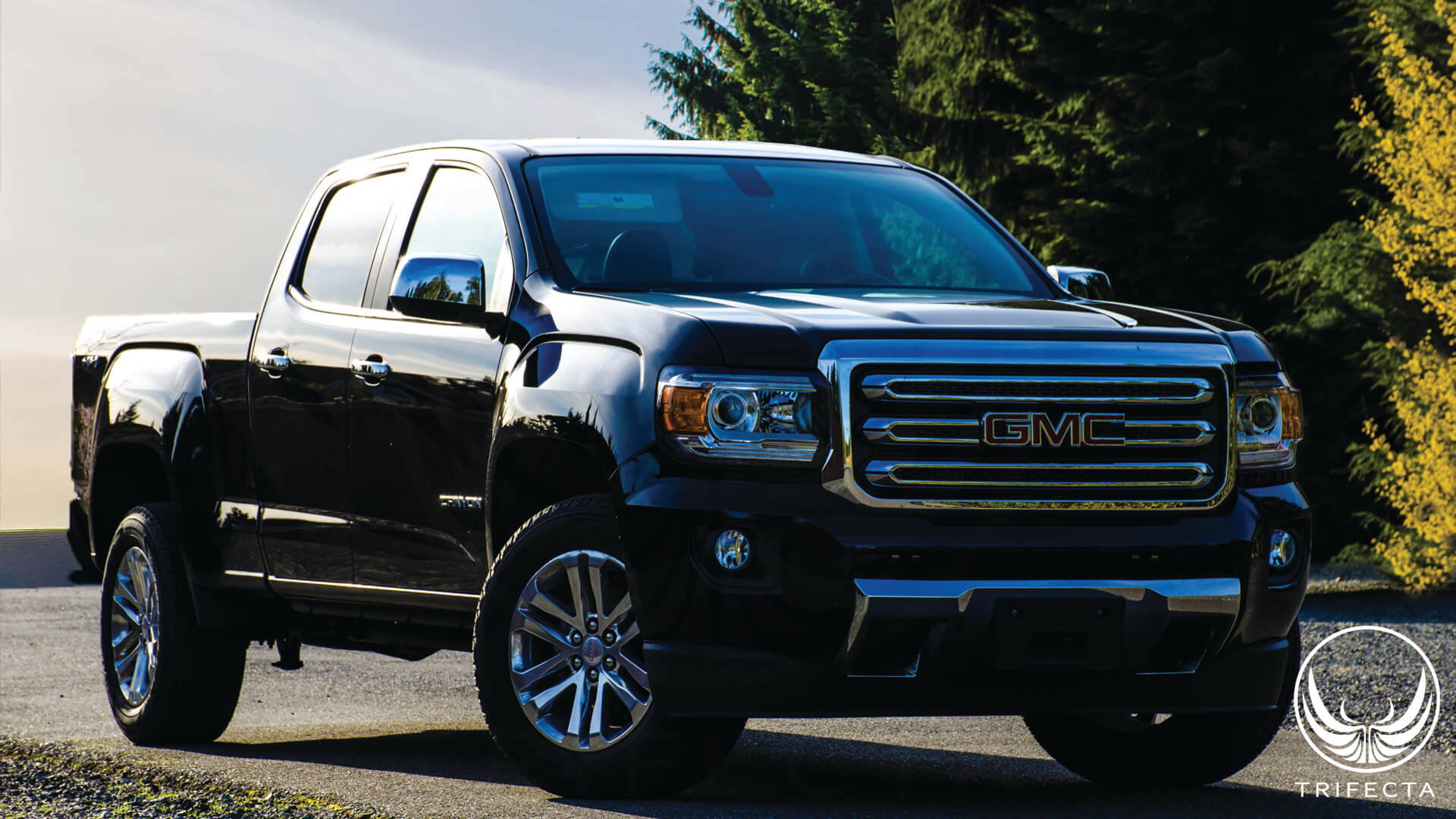
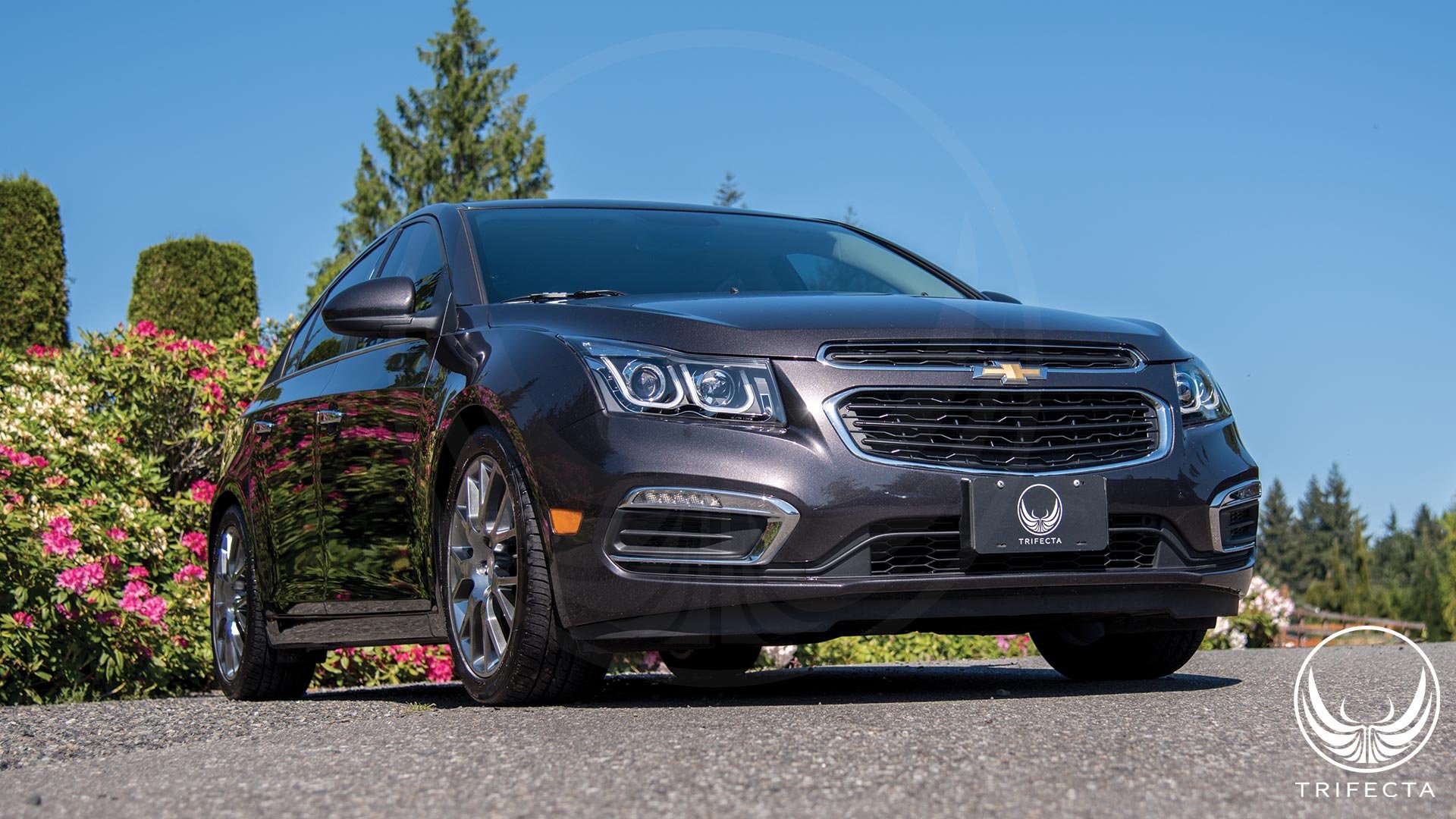
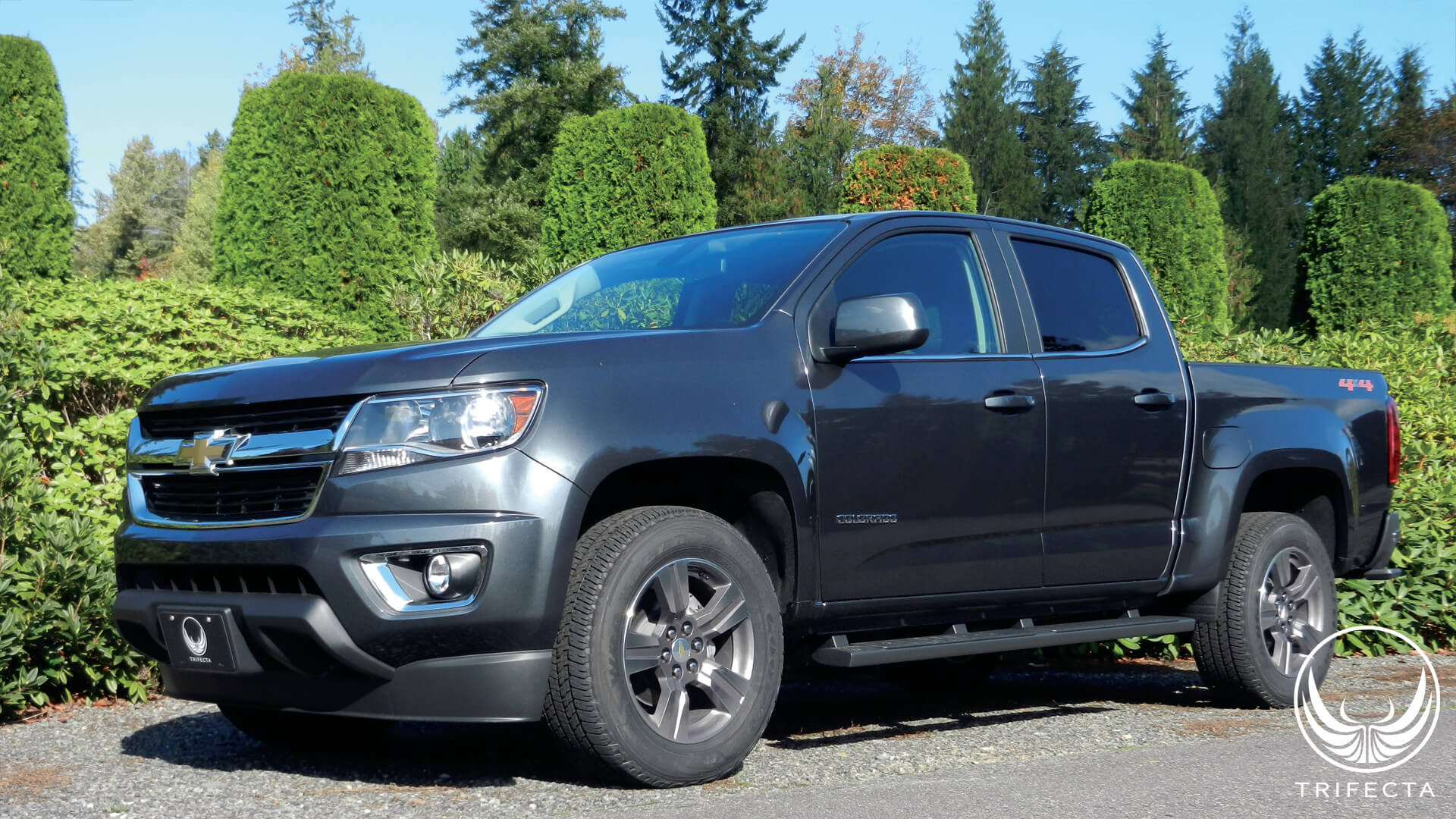
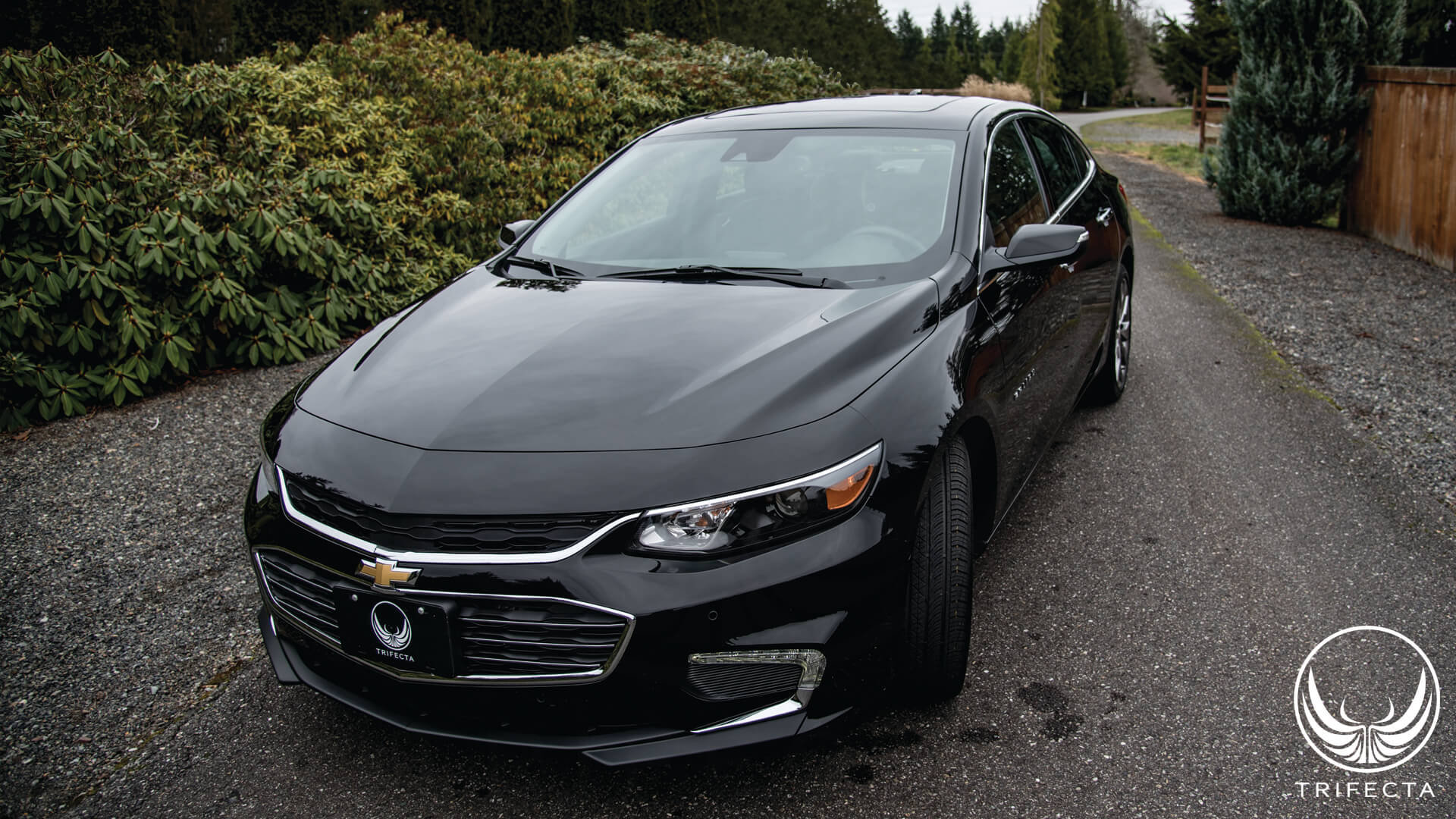
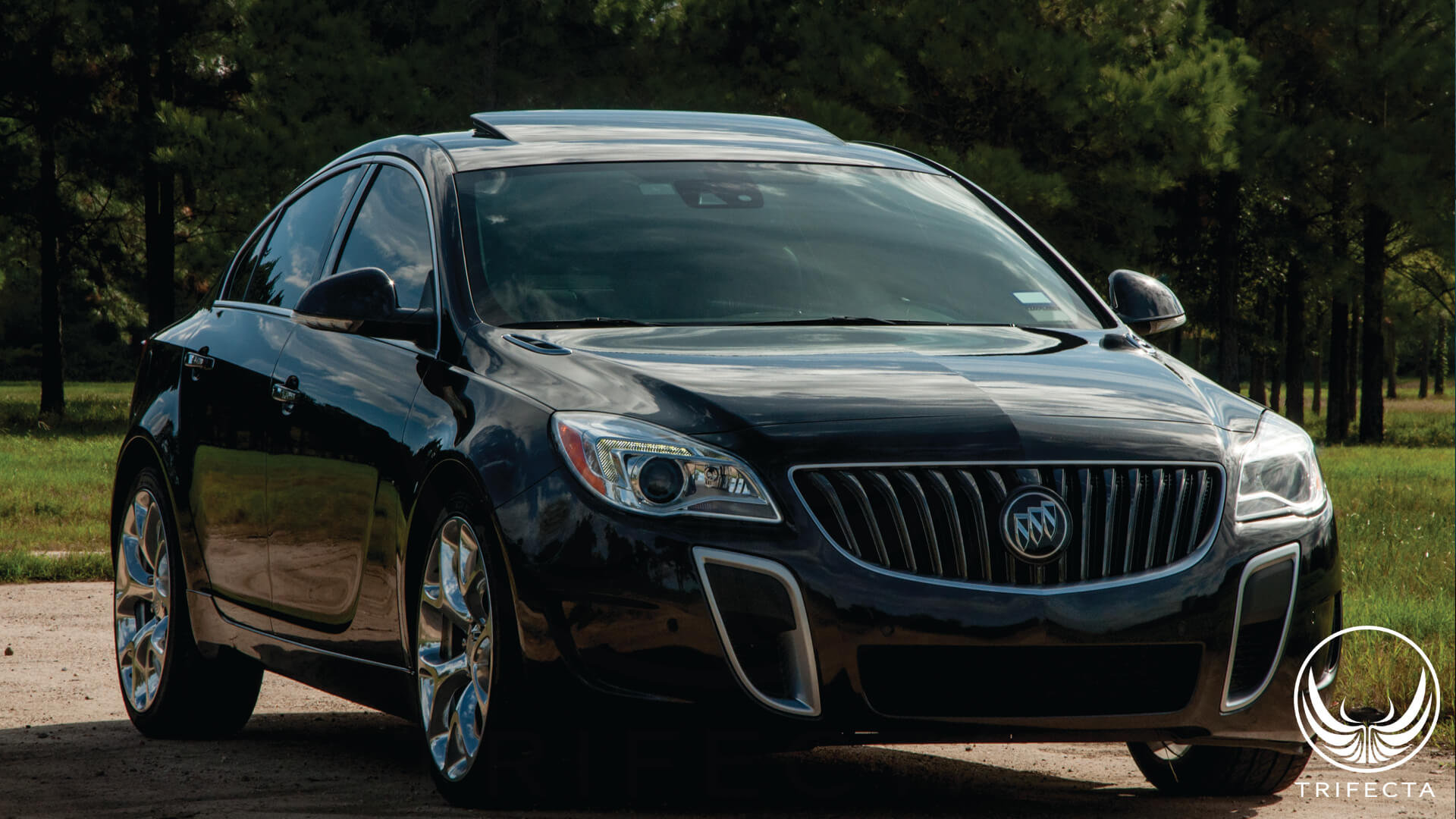

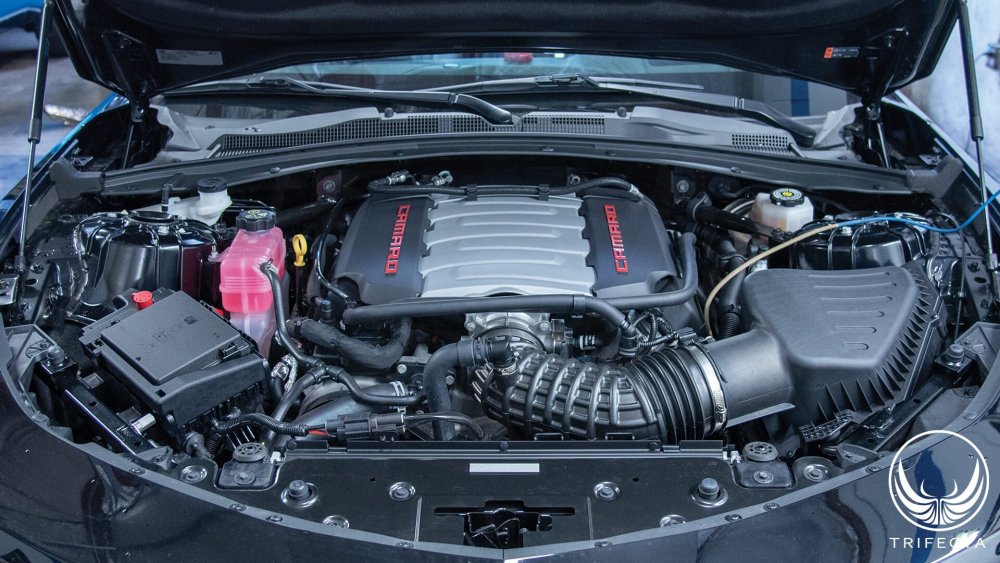


Recommended Comments
Join the conversation
You can post now and register later. If you have an account, sign in now to post with your account.